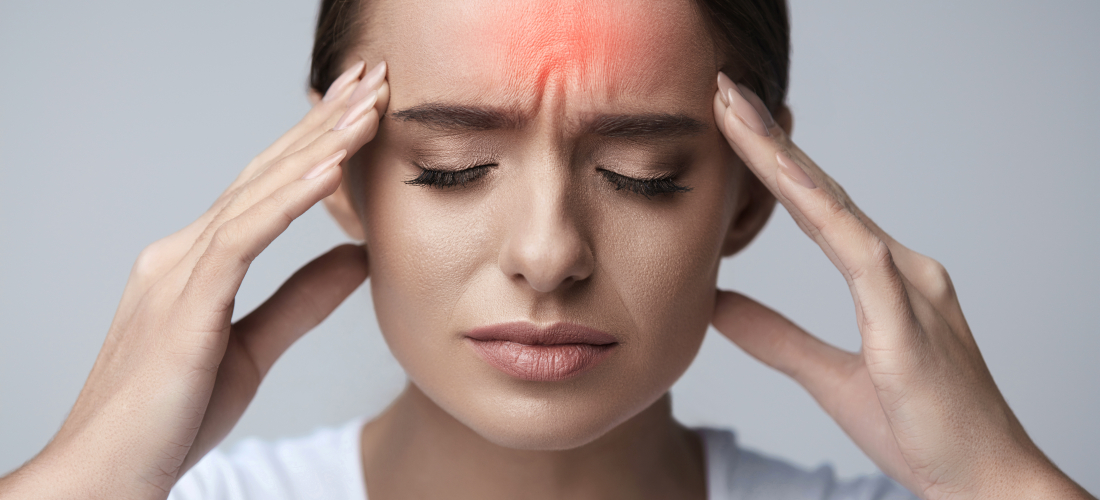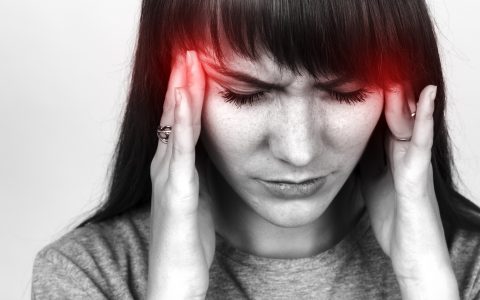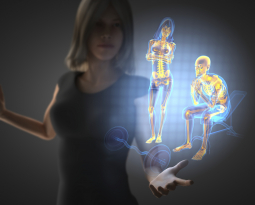
Evidence-Based Guidelines for Patients Suffering from Migraines
Migraines are characterized by enhanced sensitivity of the nervous system, particularly activation of the trigeminal-vascular system. From a public health perspective, migraines are a common disorder, an estimated 18% of women and 6% of men experience migraines on a regular basis.
Migraine is a chronic condition with recurrent episodic attacks. The following symptoms significantly increased the odds of finding a significant abnormality on neuroimaging in patients with non-acute headache:
- Rapidly increasing headache frequency
- History of lack of coordination
- History of localized neurologic signs or a history such as subjective numbness or tingling
- History of headache causing awakening from sleep (although this can occur with migraine and cluster headache)
Migraines and Neck Disability
Researchers concluded that neck pain significantly adds to the overall disability of individuals with episodic and chronic migraines. In fact, 69% of patients with episodic migraines have neck pain and 92% of patients with chronic migraines have neck pain.
 A contributing factor to increased neck pain with migraines is the presence of myofascial trigger points in the upper trapezius, sternocleidomastoid, temporalis and suboccipital muscles. Active trigger points were mostly located ipsilateral to migraine headaches.
A contributing factor to increased neck pain with migraines is the presence of myofascial trigger points in the upper trapezius, sternocleidomastoid, temporalis and suboccipital muscles. Active trigger points were mostly located ipsilateral to migraine headaches.
Nociceptive inputs from trigger points in head and neck muscles may produce continuous afferent bombardment of the trigeminal nerve nucleus caudalis and activation of the trigeminovascular system. Active trigger points located ipsilateral to migraine headaches are a contributing factor in the initiation or perpetuation of migraine.
Migraines and Forward Head Posture
Patients presenting with migraines show a smaller cranio-vertebral angle than healthy patients. A smaller cranio-vertebral angle is associated with a greater degree of forward head posture. 
Patients with proper posture have their head properly aligned over their shoulders. You can evaluate this by seeing if their ears are in alignment over their shoulders. If the ear is anterior to the shoulder, then the patient presents with forward head posture.
With forward head posture, migraine patients also demonstrated less neck mobility. These patients have a reduction of cervical range of motion, specifically flexion, extension, lateral flexion, and head rotation. Patients commonly present with symptoms of neck pain when performing range of motion tests.
Natural Migraine Relief Recommendations
Many migraine patients try nonpharmacologic treatment to manage their headaches. A conservative approach is considered best practices before taking medication for migraines.
- Behavioral Treatments: Behavioral treatments include relaxation training, biofeedback therapy, cognitive-behavioral training, and stress-management training. Behavioral therapy may be combined with preventive therapies to achieve additional clinical improvement for migraine relief.
- Physical Treatment: Physical treatment for migraines includes acupuncture, cervical manipulation, mobilization therapy, and massage therapy.
Evidence-Based Practical Application
Neurology guidelines recommend manual therapy for management and prevention of migraines. If patients have forward posture and active trigger points, it is also recommended to perform postural correction exercises to reverse postural distortion patterns and to perform manual massage to reduce intensity of trigger points.
Manipulation, mobilization, exercise, and massage are important aspects of postural correction that can help improve symptoms that migraine patients are experiencing.
References:
Fernández‐de‐las‐Peñas, C., Cuadrado, M. L., & Pareja, J. A. (2006). Myofascial trigger points, neck mobility and forward head posture in unilateral migraine. Cephalalgia, 26(9), 1061-1070.
Florencio, L. L., Chaves, T. C., Carvalho, G. F., Gonçalves, M. C., Casimiro, E. C., Dach, F., … & Bevilaqua‐Grossi, D. (2014). Neck Pain Disability Is Related to the Frequency of Migraine Attacks: A Cross‐Sectional Study. Headache: The Journal of Head and Face Pain, 54(7), 1203-1210.
Silberstein, S. (2011) Practice Parameter: Evidence-Based Guidelines for Migraine Headache (an Evidence-Based Review). Neurology, 55 p. 754



















